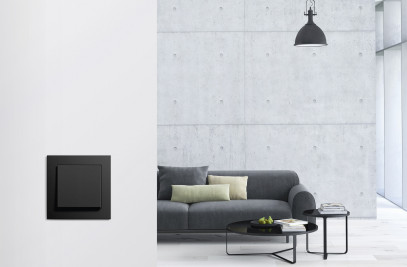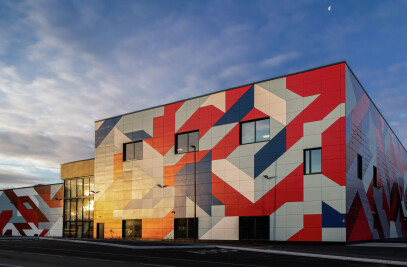Mendoza Partida has won the ideas competition for the construction of the MUPAC Museum of Prehistory and Archaeology of Cantabria in Santander, Spain. The two criteria of the winning proposal that the jury especially valued were the singularity of the architecture and its compliance with the brief of the museum and administrative building. In addition, the jury notes that the proposal establishes an appropriate and engaging dialogue with its urban context.

This winning project, entitled ‘Estratos,’ draws from an archaeological essence, with a materiality suggestive of layers. With a gross floor area of 18441 m2, the museum has three floors in total: a first floor with more public spaces such as cafeteria and restaurant, gift shop, multipurpose hall and library, and the second and third floors with permanent exhibitions, temporary gallery and a terrace overlooking the Bay of Santander.

Mendoza Partida explains their main design objective was to propose a user-friendly volume that is sensitive to the environment, with clear entrances connected to public space and a museum headquarters and administrative building that is functional with flexible options for lighting and ventilation. Further to this, the final object was to be a bold and emblematic building in the city.

In terms of construction, the building has three main aims: the meticulous selection of construction systems that optimize a passive design to reduce energy demands and help improve comfort levels; the choice of local material with life-cycle assessment and environmentally certified transport and production processes to reduce the CO2 footprint, and the use of resilient, low-maintenance material to ensure the building’s long, efficient life cycle. Other important issues taken into account were site conditions, construction possibilities, and cost.

































